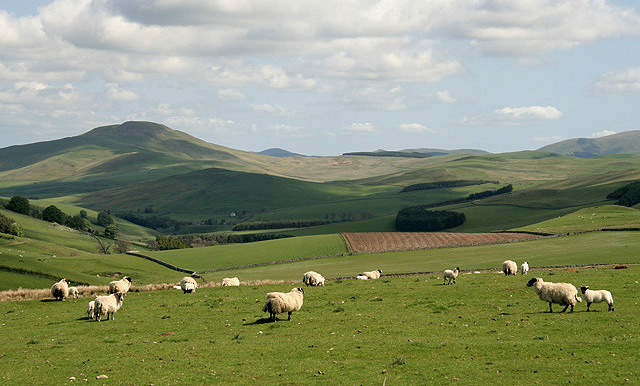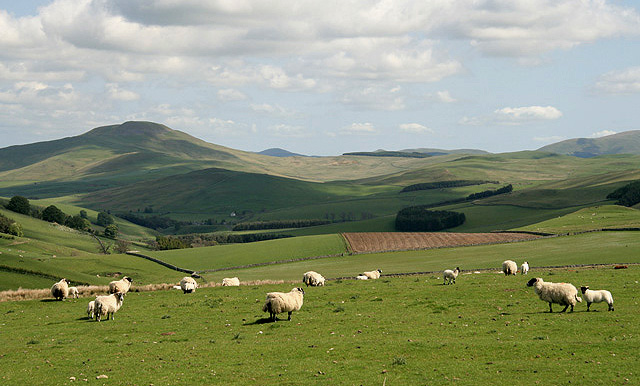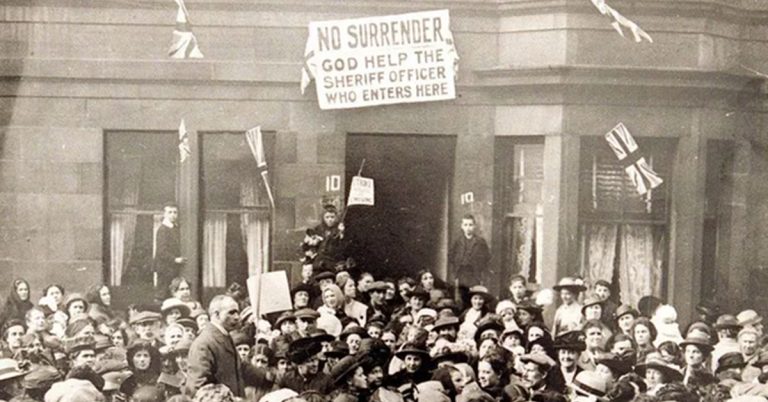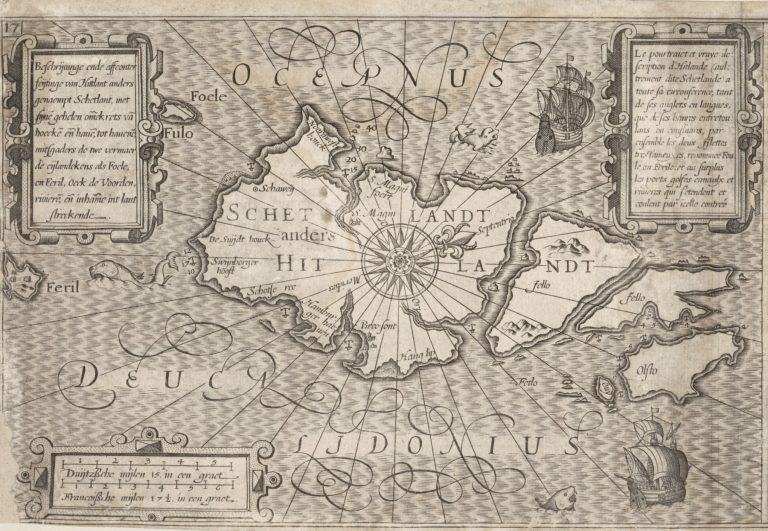
In this post, James Hunter reflects on an article he wrote for the very first volume of Northern Scotland published in 1972.
You can read James’ article ‘Sheep and Deer: Highland sheep farming, 1850-1900‘ free online.

This was my first publication. It was written in 1972 when I was a year or so into researching the PhD thesis that became my first book, The Making of the Crofting Community. And it was, in origin, an accidental by-product of my having ploughed through the several volumes of evidence given to the Napier Commission of 1883 and to the so-called Deer Forest Commission of a decade or so later. My principal interest was the mass of crofter testimony to be found there. But interspersing this testimony, I discovered, was a great deal of material about the crisis which overtook Highland sheep farming in the 1880s and from which the industry, as established during the later eighteenth and early nineteenth centuries, was never to recover – such revival as occurred in the twentieth century being dependent on public subsidy and on a switch from wool (sheep farming’s original cash crop) to the rearing of ‘store’ lambs for ‘finishing’ (or fattening) in the south. Since the small amount of secondary literature then devoted to the clearances seemed (as far as I could see) to take it for granted that large-scale sheep farming was (from an economic perspective) an advance on the (largely cattle dependent) structure it replaced, it seemed to my younger self that there might be merit in demonstrating that this novel and supposedly superior enterprise had been left bust and bankrupt in much of the Highlands and Islands within a single human lifetime of its introduction. Hence this article.
Re-reading it now, I’m struck by how little subsequent work has been done on sheep farming. My comments about farmer-landowner conflicts resulting from the way sheep stocks were valued at outgo were amplified and reinforced in a later Northern Scotland contribution from R. H. Campbell. Willie Orr’s fine book, Deer Forests, Landlords and Crofters: The Western Highlands in Victorian and Edwardian Times, added substantially to what I had to say about the linkage between sheep farming’s difficulties (arising in part from its deleterious ecological consequences) and the late nineteenth-century expansion of sporting preserves. But in contrast to all the attention paid (by myself and others) to crofting and to crofters, sheep farming, sheep farmers and their workforces have received scant attention from academic historians. Influenced by the fact that one of my great-great-grandfathers (David Dempster who, in the 1830s, settled in Gleann na h-Iubraich between Strontian and Polloch) was among the many shepherds who came north with the blackface and cheviot flocks imported into the Highlands during the clearance period, I’ve here and there touched on what I’ve called the ‘heroic’ effort it took to get those flocks installed and ‘hefted’ in places where no such flocks had existed previously. But nobody (as far as I’m aware) has investigated this intriguing process in any sort of detail – just as nobody (again as far as I know) has subjected to any worthwhile analysis the background, motives and experiences of men like my great-great-grandfather (who, as it happens, was progenitor of a shepherding dynasty that loomed large in the West Highlands into the twentieth century).
In part, I guess, this reflects an absence of historical research into Scottish farming overall. The eighteenth-century agricultural revolution and its associated ‘Lowland clearances’ have continued to generate interest. But pioneering work by Ian Carter on farming, smallholding and agrarian radicalism in the nineteenth-century north-east of Scotland has been insufficiently followed up. There is no substantial material on the political processes that resulted, in the 1940s, in tenant farmers winning (as crofters did much earlier) security of tenure. And there is nothing of consequence on what has been by far the most significant land ownership revolution of modern times – the one resulting in Scottish farmland, almost all tenanted a hundred years ago, now being overwhelmingly in owner-occupation. The impact of agricultural support payments (first introduced on a substantial scale in the 1930s and today basic to Scotland’s agricultural industry) awaits its historian. So (despite the fact that land reform presently looms large politically) does the evolution of public policy on land use (including forestry and nature conservation as well as farming) more generally. A great deal of scope, then, awaits any historian of rural Scotland minded to strike out in new directions.
Sometimes I wish I was younger.
James Hunter is Emeritus Professor of History at the University of the Highlands and Islands. He has written extensively about the north of Scotland and about the region’s worldwide diaspora. In the course of a varied career Hunter has been, among other things, director of the Scottish Crofters Union, chairman of Highlands and Islands Enterprise and an award-winning journalist.
Image credit: Sheep at Threstle Bog Hill farming area in the Western Cheviots by Walter Baxter via Wikimedia Commons





